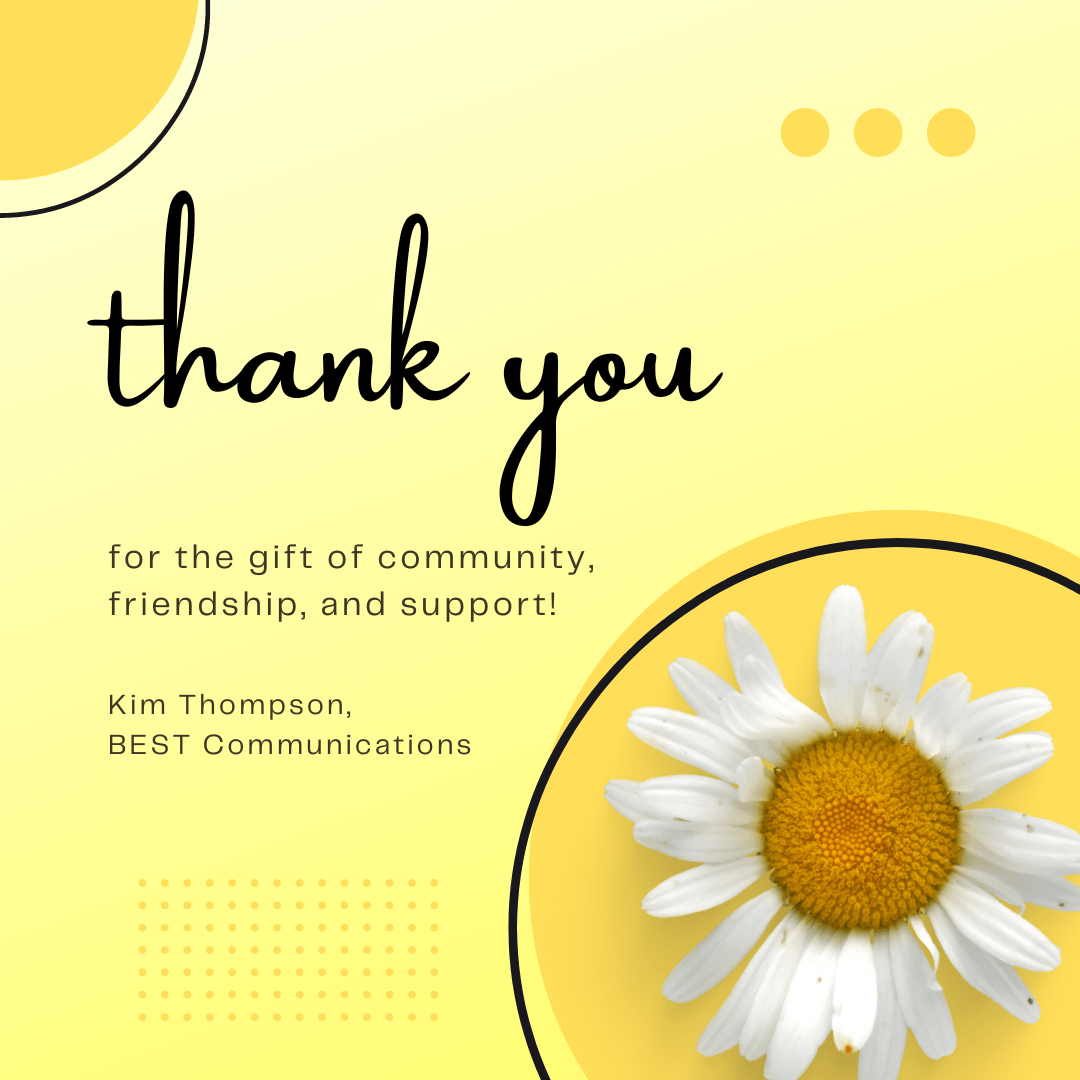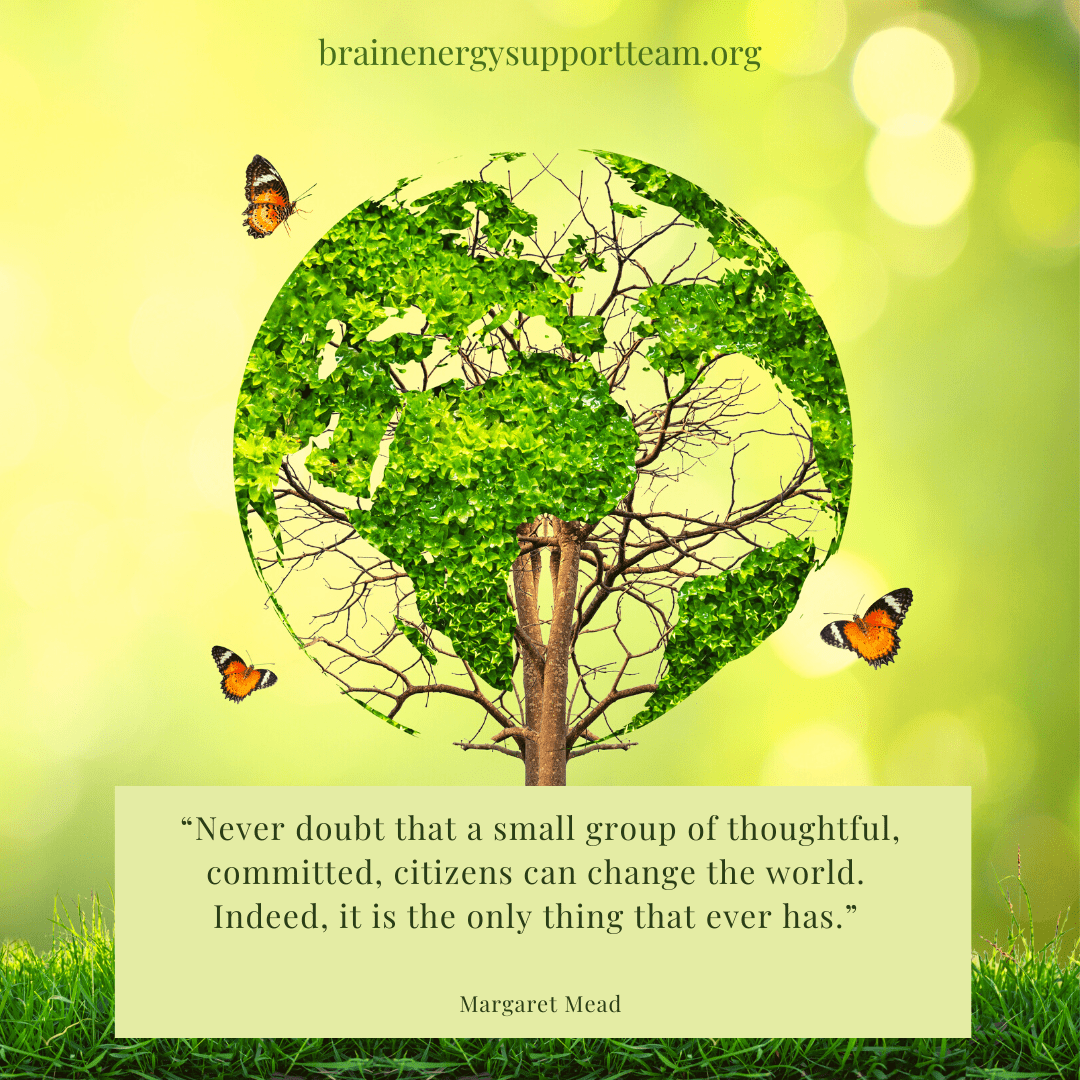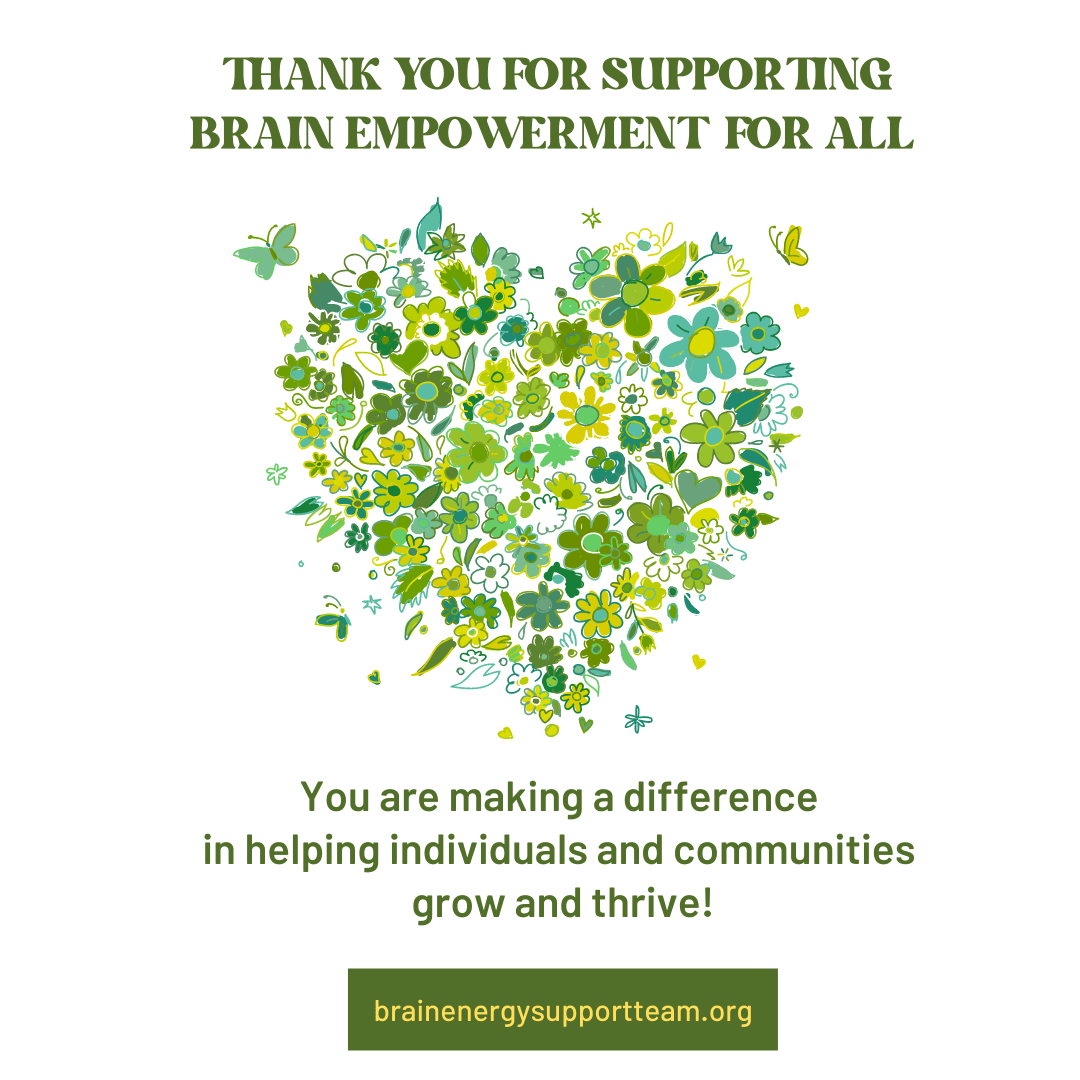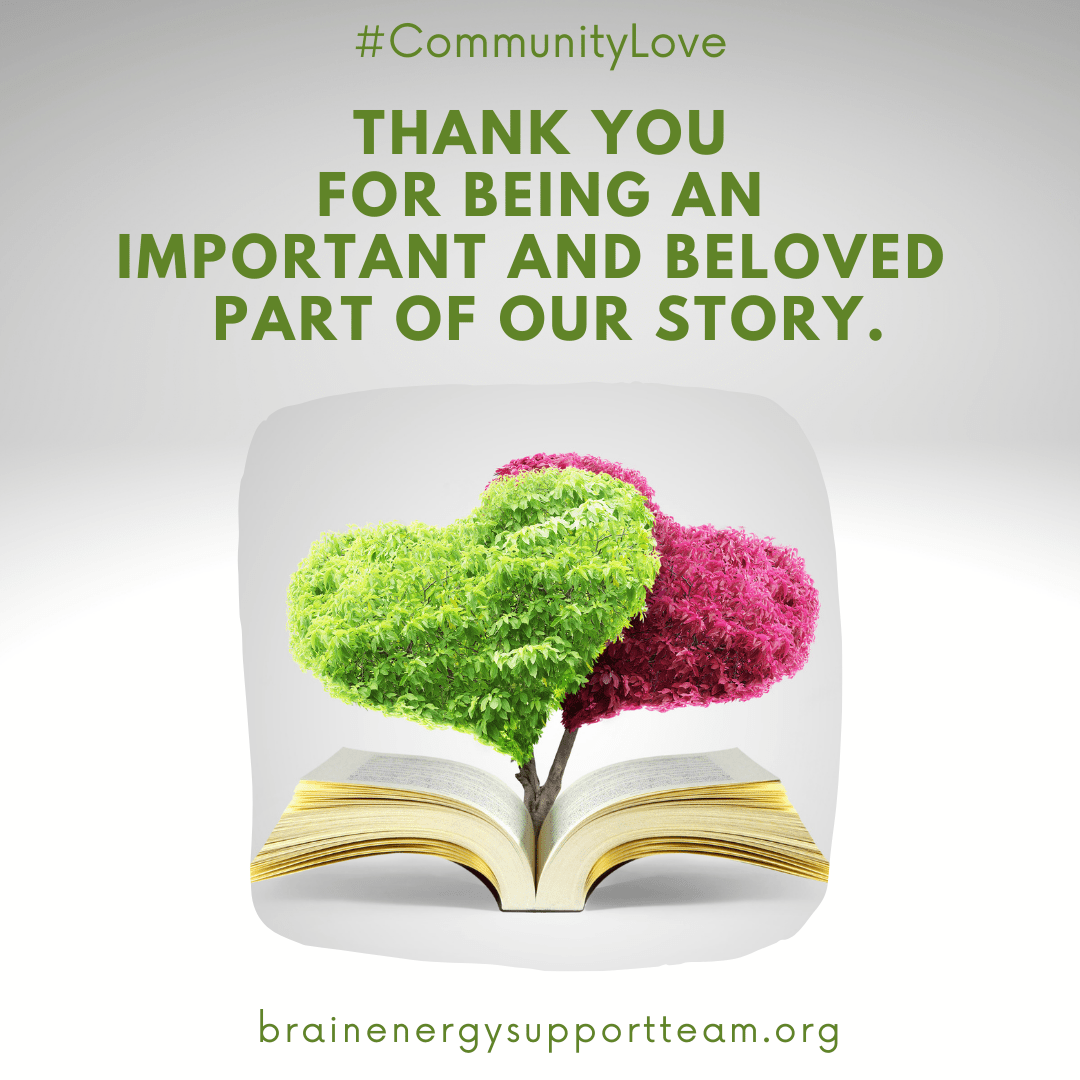(Editor’s note: BEST’s own Kim Thompson recently shared this article about a behind the scenes look at being a Nonprofit Communications Manager. This article originally appeared on Medium and it has been reprinted here with the author’s permission).
I have been a nonprofit communications professional for nearly a decade.
What does my job entail?
People like me are mostly behind the scenes sharing stories, information, resources, and much more about the nonprofits they serve. We can also provide support to co-workers, community partners, projects, events, and processes.
Pretty straightforward, right?
It is, yet here’s what I wish people would know about my work, and the work of my peers, because it’s bigger than writing, social media graphics, newsletters, press releases, and blog posts.
Nonprofit communication workers are sponges for creativity, fresh ideas, and inspiration. We love finding the next new thing, approach, or communication tool. We are eager to learn new things and regularly pour over educational opportunities, reports, infographics, and talking to others to find something new and exciting.
This kind of energy is how we keep pace in a changing and evolving nonprofit landscape.
It’s also how we thrive as people.
That’s good, yes?
Yes and no.
It can keep us up at night. Thinking, thinking and more thinking, churning out ideas, poring over concepts.
We worry, and we can worry lots, just like other nonprofit professionals in other roles in a nonprofit.
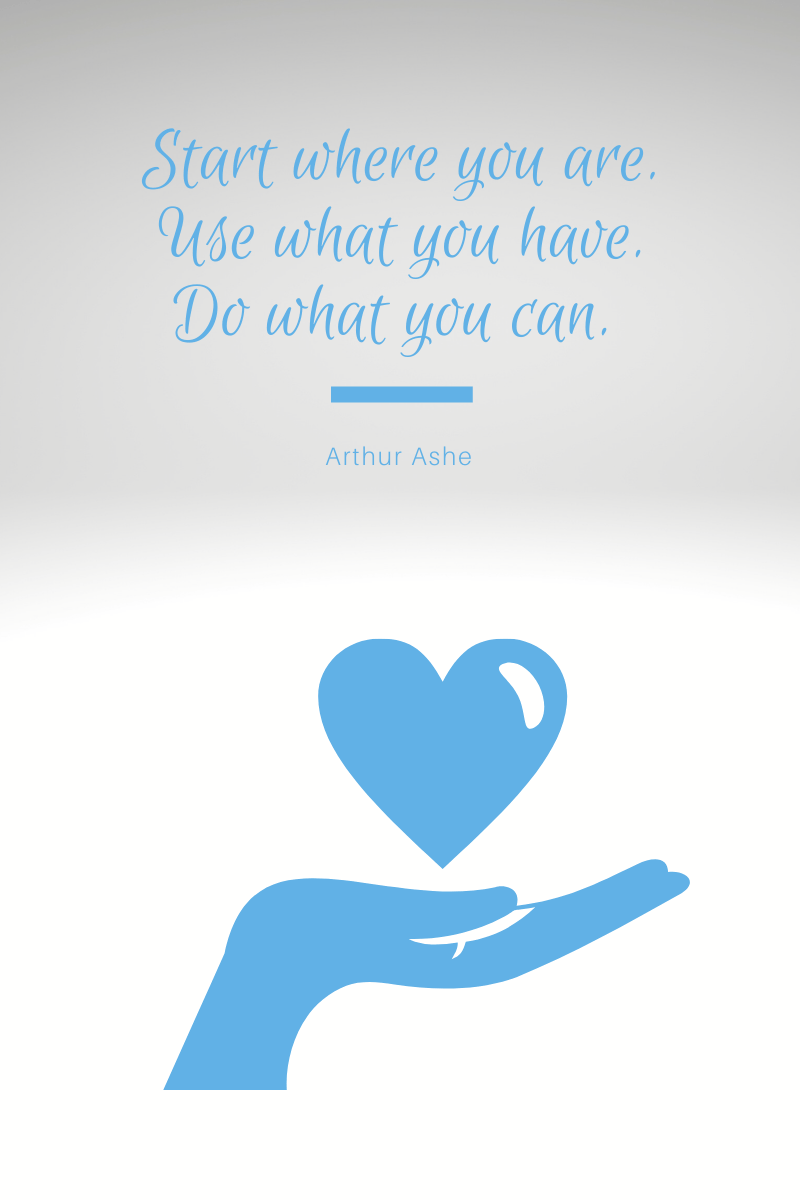 We ask ourselves these seven questions all the time:
We ask ourselves these seven questions all the time:
1. Are we helping people?
2. Are we supporting communities?
3. Are we making the world a better place?
4. Are we doing things that people care about? Love? Want to support?
5. Are we making someone’s day a little better? A little brighter? A little more hopeful?
6. Are we engaging people in conversation? A call to action?
7. How can we do more?
There’s this: we LOVE (all caps intentional) it when YOU (all caps and italics, also intentional) love something that we’ve written, shared, created. Our hearts swell with joy.
We also love those happy accidents or surprise when something we just think is okay, really takes off and soars!
On the flipside, our hearts sink when something we’ve worked on hard just flops.
People either don’t engage, don’t care, or plain just don’t like what we’ve tried to do. It hurts, but we get it. It happens. We are like scientists; we know that all experiments aren’t going to work. But we don’t fear the experiment either, whether the outcome was so-so or an absolute disaster.
And we don’t let it get us down too long. Or rather, try not to. We head back to the drawing board, become sponges again, and ask ourselves the seven questions above once more.
And like I said before, we love new fresh ideas! That means, all ideas from the community are welcomed, encouraged and deeply appreciated.
That means, if you have an idea, share it! I’ve personally found the best ideas have come from the community we serve, because they know best what they want to see, hear, and do. Sometimes the ideas come from readers that come by our materials by a hashtag, a social media share, or by chance. Wonderful! The donors who love the nonprofit and the cause are another terrific source of inspiration and thoughts, too. So much yes to them!
Let me repeat, we love hearing new fresh ideas!
And speaking of innovative ideas this is the important thing that all nonprofit professionals understand, know, and feel deep in their bones: reinvention.
As nonprofits we must be prepared to reinvent ourselves, shift some thing or all things, and/or change directions a little or lots. Sometimes, this must be done on a dime, due to a changing need, an evolving need, or an emergency.
The COVID-19 health emergency put this ability to the test like nothing else.
To say it shook things up is an understatement.
While reinvention can be exciting, it can also be scary, stressful, or worrisome.
As nonprofit professionals we press ahead anyway, because: A. we must. B. we believe in what we do and really want to be of service.
But hey, we aren’t perfect and head into challenges with smiles on our faces all the time. We are humans, and we get frustrated, tired and burned out. We get writer’s block. We misjudge. Misunderstand. We make mistakes.
But be assured, we’re still there behind the scenes, caring and creating.
And there’s one thing we especially care about it, and it matters more than anything else.
We care about the stories we tell and share with others.
They are important.
They mean something.
Our storytelling and the stories themselves are like beloved family members. We protect and nurture them, love them, support them.
Know that for sure, no matter what changes and no matter what happens.
Finally, on behalf of my nonprofit communications tribe (and other nonprofit pros really), thank you. Thank you for engaging with us, supporting us, talking to us, donating to our cause, and sharing your care.
You are not making a difference. You are the difference.
Believe that.
Kim Thompson is the Outreach and Communications Manager for the Brain Energy Support Team (BEST), a 501c3 nonprofit organization founded in 2008. BEST provides support education, and resources, along with tools and strategies to support success, health, and well-being for individuals with brain injury and their families. BEST distinguishes itself from other brain injury organizations in that the leadership, services, and programs are built by and for individuals with brain injury and their families. Visit them at brainenergysupportteam.org.

